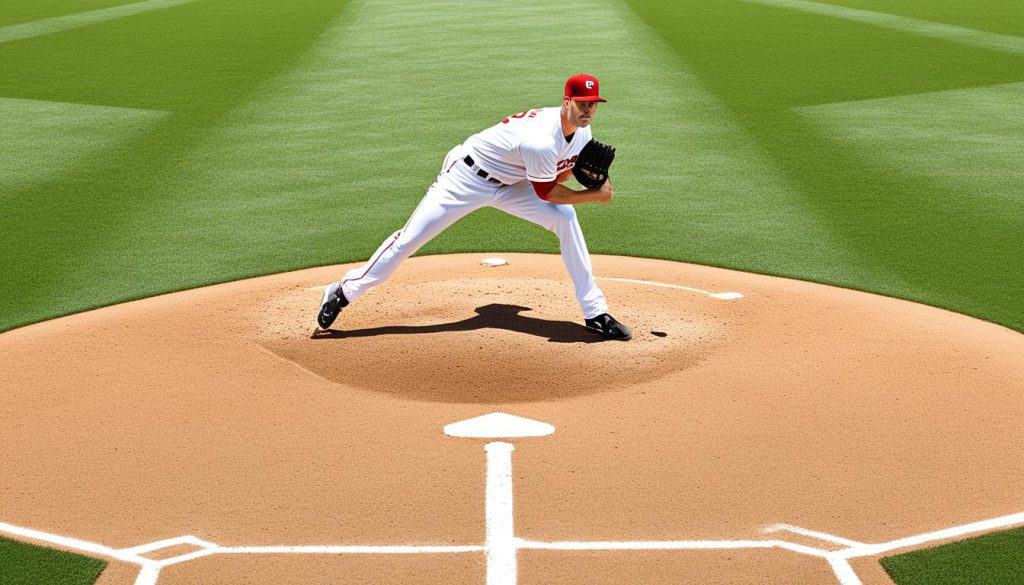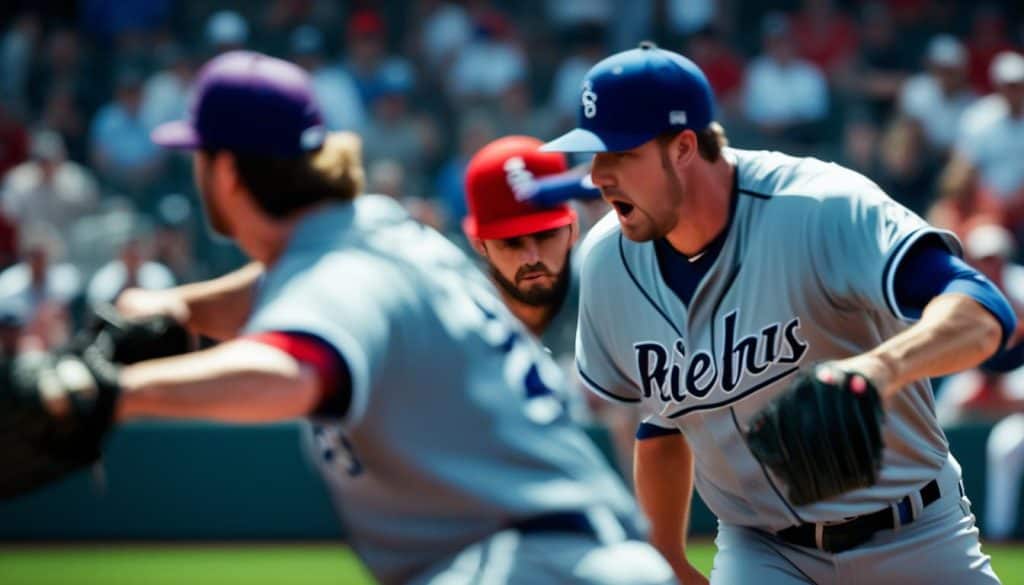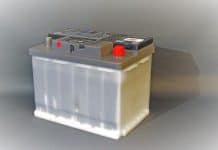In baseball, an RHP or right-handed pitcher throws with their right arm. This term tells us which hand they use for throwing. It shows us the important roles right-handed pitchers play in baseball’s strategies and tactics. Since 2010, around 75% of MLB pitchers have been right-handed. They use their strength and special skills to do well in the game.
Right-handed pitchers are very common in baseball. They are those who make up the main line of defense for many teams. Knowing about RHPs is key for fans and those who want to play. It explains why some pitchers do better and how they use their abilities to win games.
Key Takeaways
- An RHP in baseball specifically refers to pitchers who use their right hand and arm for throwing.
- RHP stands for Right-Handed Pitcher, an abbreviation crucial for understanding player roles and game strategies.
- Understanding RHP is fundamental for appreciating strategic pitching tactics and the overall dynamics of baseball.
- Most MLB pitchers are right-handed, influencing game strategies and team compositions.
- Elements such as pitch selection, strength, and mobility significantly impact the performance and effectiveness of right-handed pitchers.
What Does RHP Mean in Baseball?
In baseball, “RHP” means Right-Handed Pitcher. This term is key to understanding the game. It tells us about players’ strengths, how they pitch, and why their handedness matters in the game.
Fans and players learn a lot from knowing what RHP stands for. They see how differently coaches use players. Since most players are RHP, they have a big impact on the game.
Learning about RHP in baseball is more than just knowing their throwing hand. It’s studying how they pitch, their stats, and the mind games with batters. This knowledge makes baseball more fun to watch and understand.
The Strategic Role of Right-Handed Pitchers in MLB
In Major League Baseball (MLB), the strategic role of RHP (Right-Handed Pitchers) is key. They play a big part with their special skills. These include pitch selection, performance metrics, adapting to batter predictability, and spatial and dimensional awareness. They help their teams win important games.
Their pitch selection and how well they perform go hand in hand. These elements are vital to controlling the game’s pace and winning.
Pitch Selection and Performance Metrics
- Fastball: Typically used for its speed, challenging batters to make quick decisions.
- Slider: Effective against batters expecting a fastball due to its late-breaking action.
- Changeup: Essential for destabilizing batters’ timing, especially after a series of fastballs.
Adapting to Batter Predictability
Right-handed pitchers are great at making changes based on what the batter might do. They study data from past games and the current situation. This helps them find and use their opponent’s weak spots.
Impact on Spatial and Dimensional Awareness
They must also be very good at shapes and spaces. This helps them put the ball where it’s hard for batters to hit. It tricks the batters and controls how the game flows.

| Pitch Type | Usage Rate | Average Speed (mph) | Strike Rate |
|---|---|---|---|
| Fastball | 60% | 93 | 68% |
| Slider | 15% | 85 | 74% |
| Changeup | 25% | 83 | 62% |
Understanding and using these skills makes right-handed pitchers a big deal in baseball. From choosing the right pitch to outsmarting the batter, they are essential. Their abilities are crucial in the complicated world of pro baseball.
Breaking Down the Lefty Advantage and RHP Rivalry
The fight between lefties and righties in baseball is full of interesting tactics. Find out how the lefty advantage and the rarity of lefties matter in Major League Baseball (MLB). We’ll also see why pitch quality and speed add to the competition between pitcher types.
Platoon Splits and the Rarity of LHPs
Left-handed batters often do better against right-handed pitchers. This helps explain why not many lefties are in the MLB. Since there are few lefties, teams use them strategically to win games. This affects how games are played and how teams plan their strategies.
Velocity and Pitch Quality of Right-Handers
Right-handed pitchers usually throw faster and have better skills. This is because most pitchers in the MLB are right-handed. Being faster makes it hard for batters to hit the ball. It also makes the game more exciting for fans. This all adds to the competition between righties and lefties on the field.
How Teams Leverage Pitcher Handedness
Teams use their pitchers’ handedness to get ahead. They look at whether their pitchers are lefties or righties compared to the batters they face. This helps them plan out their game to win. Turning baseball into a thinking game makes every throw important.
Learning how to use pitchers’ handedness is a key part of today’s baseball strategies. Teams change their lineups or swap pitchers at just the right times to win. So, the competition between righties and lefties is also about smart game plans. It’s not just about skills; it’s about outsmarting the other team.

| Pitcher Type | Average Velocity (mph) | Rarity in MLB |
|---|---|---|
| Left-Handed Pitcher (LHP) | 89 | High Rarity |
| Right-Handed Pitcher (RHP) | 93 | Common |
Horizontal Approach Angle: RHP’s Hidden Edge?
In baseball, the horizontal approach angle (HAA) is vital for pitchers, especially those who are right-handed. This angle affects how the ball moves as it reaches home plate. For right-handers, knowing this well can improve how they trick batters. This makes hitting the ball right harder for the batter.
Horizontal approach angle skills are key for RHPs. Changing this angle can change the ball’s path just enough to trick the batter. It helps the pitcher target the batter’s weak spots. So, knowing about HAA gives RHPs a hidden edge. It helps them win in different game situations with clever plays.
To use the approach angle advantages, RHPs need to be smart and skilled. If they focus on HAA, they can really improve. It’s great for games where a small advantage can make a big difference. Learning about HAA can make a pitcher better and smarter during the match.
























































